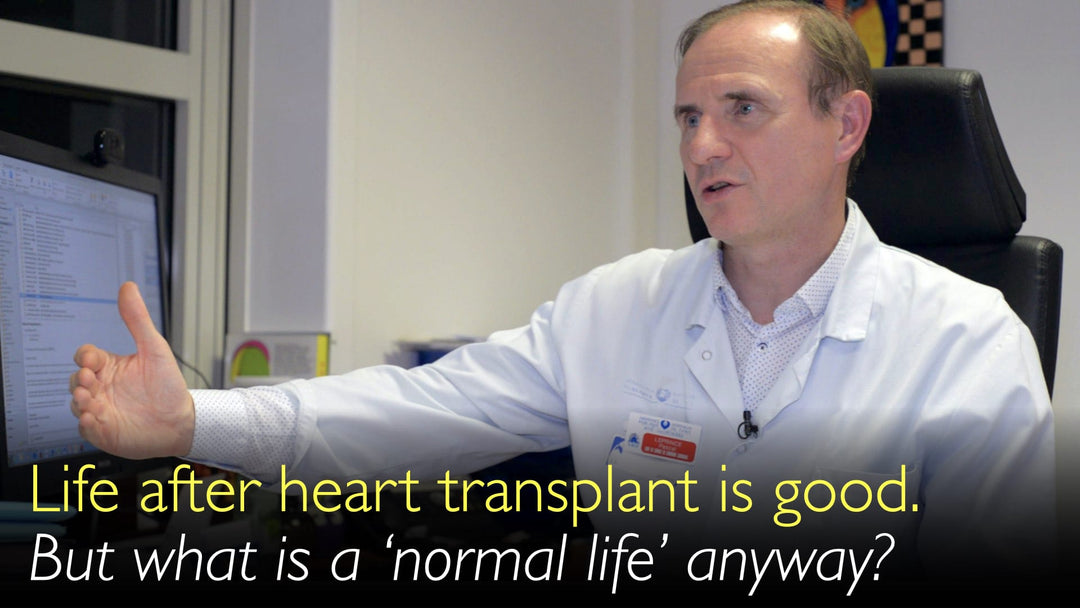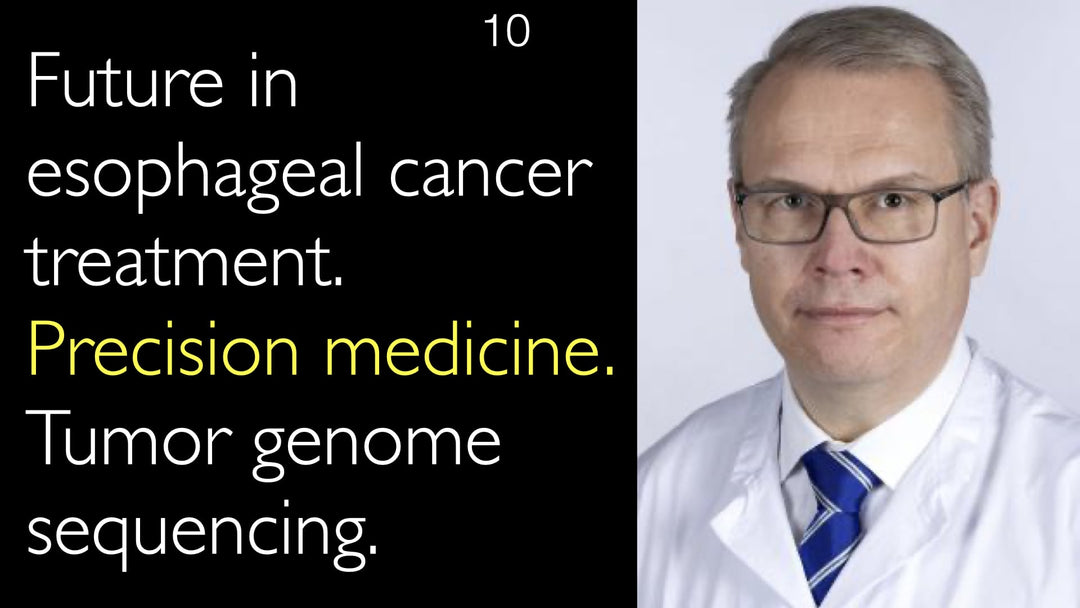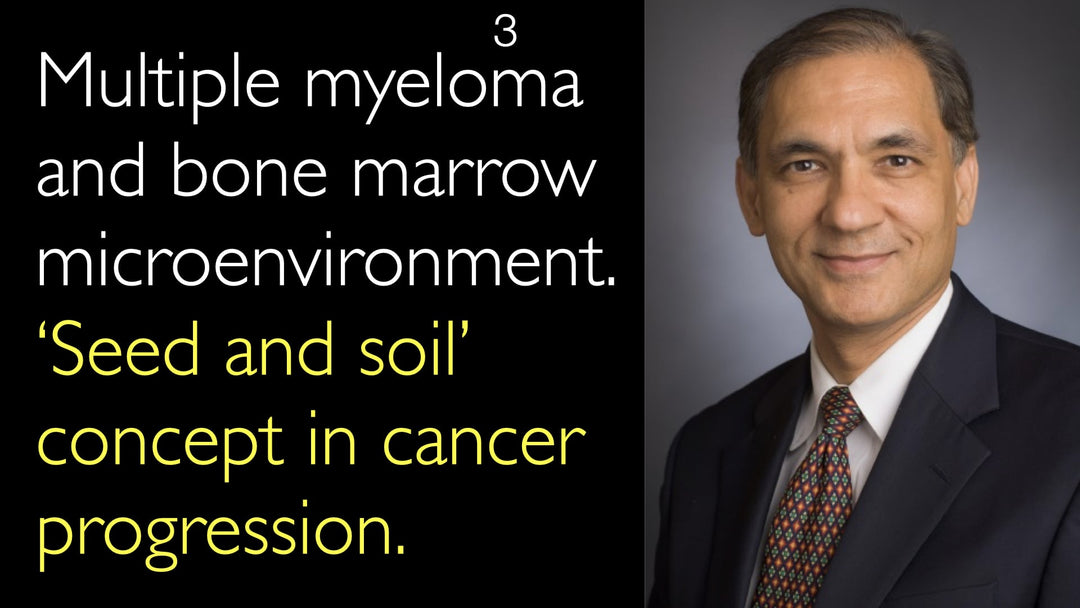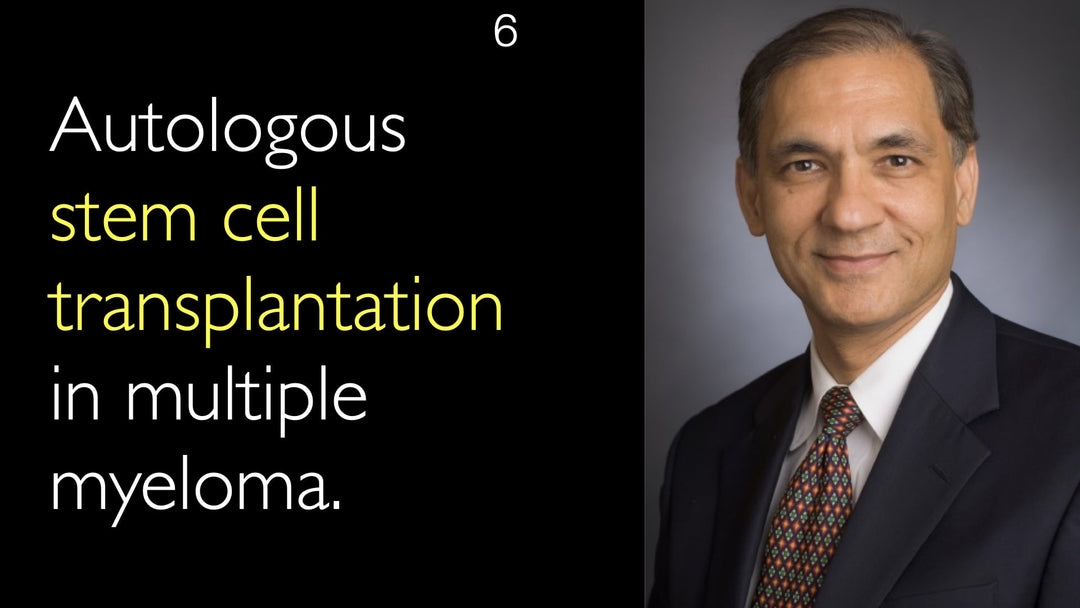Leading expert in cardiac transplantation, Dr. Pascal Leprince, MD, explains how ECMO support before and after a heart transplant can lead to excellent survival rates and why quality of life improves significantly after the first challenging year post-surgery. He details the critical balance between immunosuppression and infection, the potential for long-term survival exceeding 30 years, and the overall positive life experience for transplant recipients.
ECMO and Life After Heart Transplant: Survival Rates and Quality of Life
Jump To Section
- ECMO in Cardiac Transplantation
- Improving ECMO Patient Outcomes
- Immunosuppression First Year Challenges
- Long-Term Life After Transplant
- Heart Transplant Quality of Life
- Full Transcript
ECMO in Cardiac Transplantation
Dr. Pascal Leprince, MD, a transplant surgeon, discusses the critical use of Extracorporeal Membrane Oxygenation (ECMO) for the sickest cardiac patients. ECMO provides essential circulatory and lung support for patients both before and after a heart transplant. Dr. Pascal Leprince, MD, notes that his team began seeing an increased incidence of heart graft dysfunction around 2004.
This led to a review of their transplant outcomes from 2004 to 2011. The survival data for patients requiring ECMO support was initially concerning. Dr. Leprince recalls that the one-year survival rate for patients on ECMO both before and after transplantation was 72% during that period. This was lower than the expected survival rate of over 80% for standard heart transplant recipients.
Improving ECMO Patient Outcomes
Dr. Pascal Leprince, MD, emphasizes that overcoming these challenges was a result of dedicated teamwork and tough discussions within the surgical team. The heart transplant team engaged in critical debates about patient selection and treatment plans for those on ECMO. This collaborative process was vital for refining their approach to these complex cases.
The results of this renewed focus were dramatic. Dr. Leprince reports that for surgeries performed between 2012 and 2017, the outcomes for ECMO patients improved significantly. The one-year survival rate for these very sick patients, who were on ECMO both before and after their cardiac transplantation, rose to 82%. This success rate is now on par with patients who did not require pre-transplant ECMO, proving that medical teams should never give up on improving care.
Immunosuppression First Year Challenges
A major aspect of life after a heart transplant involves managing immunosuppressive medications. Dr. Pascal Leprince, MD, explains that these powerful drugs are essential to prevent organ rejection, which would be fatal. However, they come with significant side effects, particularly during the first year post-transplant when doses are highest.
The central challenge is balancing the risk of rejection against the risk of infection. Dr. Leprince describes how some patients navigate the first year with few complications. Others, especially those who were critically ill in the ICU before transplantation, may face repeated infections. Treating these infections often requires lowering immunosuppression, which can then trigger a rejection episode. Dr. Leprince confirms to Dr. Anton Titov, MD, that the first year is often the toughest for patients, requiring immense support.
Long-Term Life After Transplant
Dr. Pascal Leprince, MD, offers a hopeful perspective for the long term, stating there is a "light at the end of the corridor." After the first year, life generally becomes much better for heart transplant recipients. The frequency of necessary clinic visits decreases, and patients often resume an almost normal life. Some patients in their cohort have been living with a transplanted heart for over 30 years.
Long-term complications can include conditions like cancer or coronary artery disease in the transplanted heart graft. Dr. Pascal Leprince, MD, notes that some patients may even require a second or third heart transplantation. While the team is more selective with older patients due to the cumulative effects of long-term immunosuppression, retransplantation remains a viable option for some, contributing to many additional years of life.
Heart Transplant Quality of Life
The ultimate goal of cardiac transplantation is a good quality of life. Dr. Leprince passionately discusses this with Dr. Anton Titov, MD, arguing that the subjective perception of a good life is what matters most. He reflects that the concept of a "normal life" is different for everyone and many people without transplants face their own challenges.
Dr. Leprince firmly believes that heart transplant patients can and do have a good time. The main reason to be alive, he concludes, is to enjoy life as much as possible. This positive outlook underscores the tremendous value of heart transplantation, not just in extending life, but in making that life worth living.
Full Transcript
Dr. Pascal Leprince, MD: We perform more cardiac transplantations on sicker patients. We have to face organ dysfunction and heart graft dysfunction after transplantation. This is why we use the ECMO system, which is circulatory support. ECMO also helps with lung support after cardiac transplantation.
It is interesting. We started to experience in 2004 an increased number of heart graft dysfunction problems with the transplanted heart. We looked at our transplantation experience between 2004 and 2011. During all these years, we were not fully happy with the result of cardiac transplantation.
The outcome of the patients who were on ECMO before transplantation was poor in comparison to the patients who had straightforward heart transplantation without being on ECMO before transplantation. Of course, patients did have ECMO after transplantation. I think I remember the one-year survival rate of the patient who was on ECMO before and after transplantation was 72% at one year, although heart transplantation survival rate is supposed to be more than 80%.
Again, this is interesting because this is teamwork. We talked all together. The discussion was pretty tough. In the heart transplant surgical team, you always have surgeons who want to push to one side and other surgeons who want to push the other side. This is good because in the end, we can be in the middle.
The discussion was very important. We discussed the patient selection for heart transplantation and talked about the patient treatment plan, and so on. We finally came with a recommendation for our team.
Interestingly, we recently looked at the outcome of patients who were on ECMO before heart transplantation and on ECMO after transplantation. Surgeries were done between 2012 and 2016 or 2017. We are back to normal results with a lower one-year death rate.
The patients who are on ECMO are very sick patients. They are on ECMO before cardiac transplantation, and now we keep them on ECMO after transplantation. Finally, the survival rate at one year is 82%. It is as good as the survival of other patients who were not on ECMO before transplantation.
This shows that medical doctors should not give up. Never, just never give up. Just try to find a way to improve what we do every day. This is teamwork; no one can do that on their own. That is very important.
This is the first problem, the first part of the side effects after cardiac transplantation. The second part of complications after cardiac transplantation relates to the patient's use of immunosuppressive medications. These side effects are organ dysfunction.
The patient went through heart transplantation and is doing better, but the patient will receive immunosuppressive medication. Those medications are tough, particularly during the first year after transplantation, because we use high doses of immunosuppressive medications to avoid any rejection.
Those medications have side effects. Again, if you don't give the immune suppressant medications to the patient, almost all of the patients will get a rejection of the transplanted heart and they will die. This is very important to give immunosuppressant medication on an everyday basis.
But those medications act against the defense of the patient, of course. The patient has a high risk of infection. This is always the balance between infection and organ rejection.
During the first year, some of the cardiac transplantation patients will have a very nice life with almost no complications. It is pretty easy to balance between rejection and infection in such patients.
Other patients, unfortunately, will have complications, particularly patients who were in the ICU before transplantation. Some of them will go through many infections. Then, because patients do have an infection, you try to lower the dose of immunosuppressive medication, and then patients will get an organ rejection.
I would say that the first year after heart transportation is not the best year of the life of the patient. It is pretty tough for patients. They have to get a lot of help to go through that.
What is interesting is this: there is a light at the end of the corridor. After one year, life is becoming better and better. Then heart transplant patients have a pretty good quality of life. The rate of clinic visits that they have to go through becomes lower.
Patients just have an almost normal life. This is the third part of complications after heart transplantation. Some patients will go through all the complications.
This is interesting. In our cohort, some of the patients were transplanted with a new heart more than 30 years ago. They are still alive and doing pretty well; they still have ongoing life. This is good.
Some other patients will go through other diseases. You can have cancer, or you can have a coronary artery disease of the heart graft. Some patients will require another heart transplantation. Some patients can go through a second or even third heart transplantation.
Of course, we are more selective as patients get older. Older patients after heart transplantation have many years of immunosuppressive medications. They are pretty powerful medications, but anyway, some patients can be re-transplanted one or two times.
This is not a bad life. I'm not sure this is a normal life, but I don't know what a normal life is. Many patients have some disease, or even if they don't have any disease, life is not easy for many patients in the world.
Who has a normal life? I don't know. Normality is something different from one person to another, but I think heart transplant patients do have a good time anyway.
It is very important: the quality of life, the subjective perception of the quality of life. That is very important. Life is to be enjoyed, enjoyable. Otherwise, there is no reason to go through life.
The main reason to be alive is just to enjoy life as much as we can.







